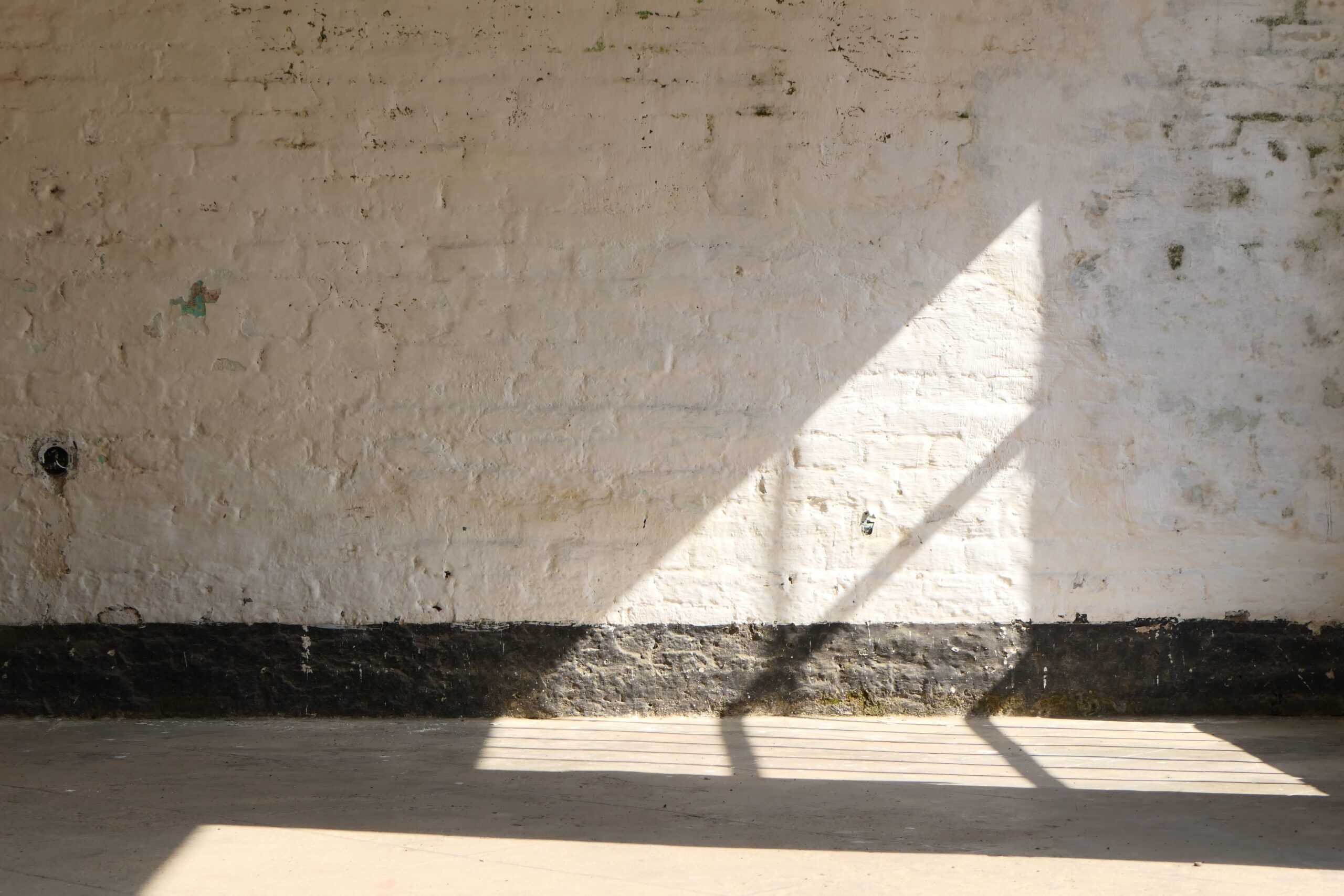Types of Walls
The type of wall used in construction depends on the purpose of the building and the climate where it is being built.
Each type of wall has its own unique benefits and drawbacks, so if you’re working on a home project, make sure to choose the right structure.
Read on to learn more about them.
1. Load Bearing Wall
A load-bearing wall is built to support a specific weight by transferring it down through the foundation wall.
It can be either an exterior or interior wall, so it is important to consider the building structure in advance.
If the building has more than one story, then the load-bearing walls will be located below the ceilings of each level.
Another factor you should consider is the type of construction. Most load-bearing walls are made from wood, but some may also be made from concrete, steel, or other materials.
2. Non-Load Bearing Wall
As the name suggests, this kind of wall does not support any weight above it. In other words, it doesn’t help to hold up the roof of a building.
These types of walls are usually found between rooms, or around entrances like doors and windows.
While they don’t have to be as structurally sound as load-bearing walls, the types of walls play a role in the overall stability of a building.
They help keep its interior warm by preventing drafts and providing soundproofing.
Furthermore, load-bearing walls can add aesthetic appeal to a space by creating visual interest or hiding unsightly wiring and plumbing.
3. Shear walls
Shear walls are structural elements that help to resist lateral burdens, such as wind and earthquake forces.
They are typically concrete and often reinforced with steel or other materials.
Shear walls are pretty effective in tall buildings to help provide lateral stability. Usually, they are located near the corners, where they can more effectively resist external forces.
However, shear walls can also be found throughout the interior of a building, depending on the particular needs of the structure.
4. Cavity walls
Most old homes have what is called cavity walls.
The cavity serves several important purposes:
- It prevents moisture from passing through the wall, leading to mold and mildew growth.
- It provides additional insulation to keep the home warm in winter and cool in summer.
- The cavity helps reinforce the wall’s structure, making it more resistant to damage from outer factors like high winds or earthquakes.
While cavity walls require more materials and labor to construct, they provide significant benefits in terms of durability and energy efficiency.
5. Partition Wall
These walls are designed to separate a room or space into two areas. They are often used in offices to create private work areas or in homes to create different living spaces.
Partition walls are made from various materials, such as wood, glass, and metal. They can be either permanently or temporarily installed and either freestanding or attached to an existing wall.
Ideally, they divide a space while allowing light and air to flow freely between the two areas.
6. Panel Wall
Panel walls are often used in homes and office buildings to provide a clean, modern look. They can also be used to divide space or to create privacy.
Panel walls are usually made of wood or another material that is easy to clean and maintain. The panels can be different sizes, but they are typically uniform in shape.
They can be hung on the ceiling or the wall, wherever they match the design best. However, they can also be freestanding, making them ideal for dividing space in rooms such as offices or bedrooms.
Not only are panel walls effective, but they are also an excellent way to add style and function to any space.
7. Veneered Walls
Veneered walls are a type of wall construction that uses thin sheets of wood, called veneers, to cover a substrate.
Veneers can be made of wood, often used to create an aesthetic that would be difficult or impossible to achieve with solid wood. In addition to their visual appeal, veneered walls have several other benefits.
For example, they are more stable than solid wood walls and less likely to warp or crack over time.
Their lighter weight makes the installment easy and convenient.
Also, veneered walls can be finished in various ways, allowing for a wide range of looks, whether you’re looking for a classic or contemporary style.
Conclusion
Walls are an important part of a building construction, and there are a variety of different types that serve different purposes. Understanding their function will help you build a structure that is both safe and aesthetic.


